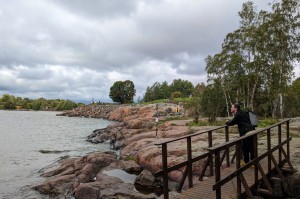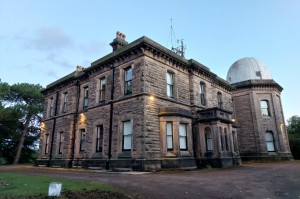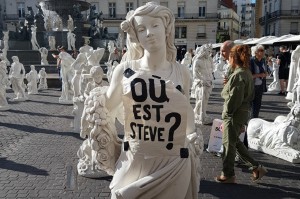Field Trip: The Culture Of Golden Prague
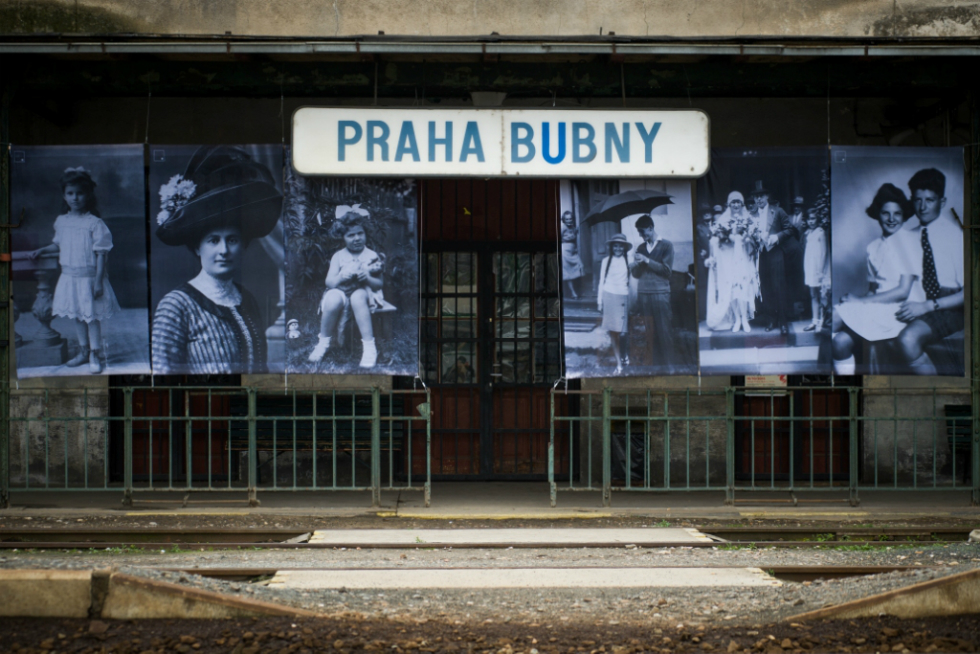
Emma Sumner appreciates sauerkraut, the human body and dystopian fiction during a recent trip to Prague…
The beautifully preserved city of Prague has a complex history; it has witnessed declarations of independence, Nazi control, oppressive communism and capitalist democracy all within the 20th century. Despite — or perhaps in spite — its complicated and often fraught past, Prague remains one of Europe’s first-rate cities; its culture and architectural beauty has earned it a place on the UNESCO World Heritage list plus a variety of nick-names, including ‘Heart of the Europe’ and ‘Golden Prague’.
Part of its features includes a rich collection of artworks and art spaces. Not far from the city centre, situated on the bank of the Vltava River, is the magnificent Gallerie Rudolfinum. A building which oozes opulence and grandeur from every inch of its brick and mortar, the gallery is maintained, managed and financed by the Czech Republic’s Ministry of Culture. With a programme focusing on contemporary fine art with occasional flashes of the past, Rudolfinum’s exhibition at the time of my visit, Flaesh (1 Oct 2015-3 Jan 2016), examined the work of Marlene Dumas, Tracey Emin, Berlinde De Brusyckere, Kiki Smith and Louise Bourgeois. Spanning five small gallery spaces, each was dedicated to the function and role of the human body in one artist’s work.
A little out of the city centre, a short ride on the number 12 tram (which runs until late at night) will take you out to the MeetFactory. Founded in 2001 by the artist David Černý, this lively space is a non-for-profit international centre for contemporary art, running an extensive international artist residency programme and a wide-reaching series of exhibitions which aim to create an environment where art comes alive and the artist is present. With a small, rough-and-ready bar and café, and a music programme presenting international touring bands – recently Young Fathers and Health — make MeetFactory a firm inclusion on your Prague culture guide.
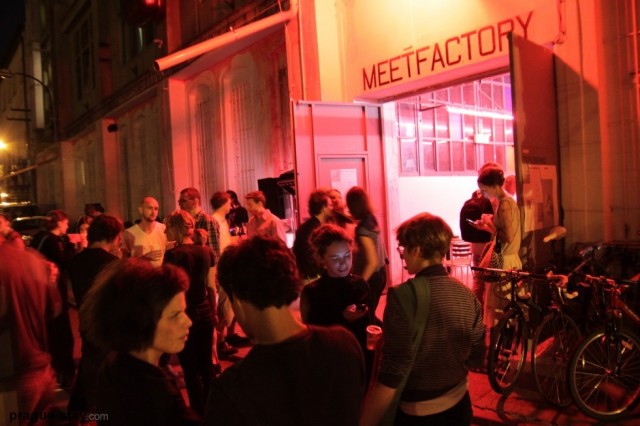
On the other side of Prague, District 7 hosts the intriguing and globally acclaimed DOX Centre for Contemporary Art, who have set themselves the mission of presenting and advancing contemporary art within a framework which deals with issues that are changing today’s world. A mission summed up by the organisation’s Director Leoš Válka as space which ‘provides an arena for antagonisms, false starts, rejected projects and experiments’, all of which make for an exciting and provocative visit.
I saw DOX Centre’s exhibition Brave New World (11 Sept 2015-25 Jan 2016): a great example of this philosophy, which took the dystopian visions of Aldous Huxley’s novel, George Orwell’s 1984 and Ray Bradbury’s Fahrenheit 451 and directly compared their themes with current social situations, including social control, consumerism, and the media. Including works by Douglas Gordon, Jason Florio and Simon McKeown, the exhibition highlighted the deeper consequences of an apathetic society.
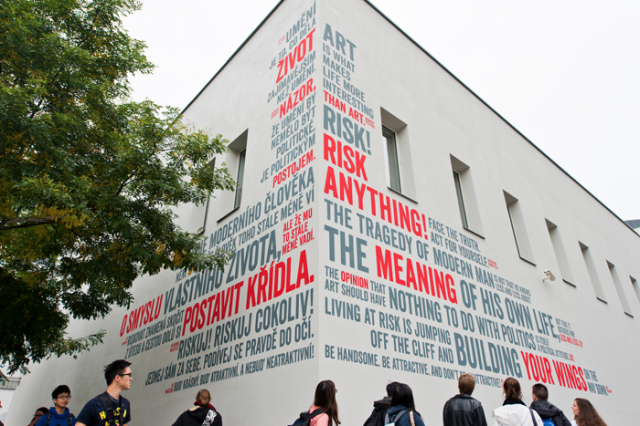
I stopped for a rest at DOX’s trendy café which serves great coffee; very close by, visitors can get something more substantial at the Czechoslovakian bar Kozlovna, serving traditional Czech beer and meals in a bustling atmosphere. If you’re looking for something a little more upmarket, I can also vouch for District 7’s Avion58; I had knedlíky s uzeným masem — a dish of potato dumplings containing smoked meat served on a bed of sauerkraut. An acquired taste, but if you want the authentic Czech experience, it’s recommended.
Of course, this wouldn’t be any kind of cultural guide to Prague without mention of the city’s expansive National Gallery, whose main space Veletržní Palác (Trade Fair Palace) comprises of an impressive five floors of chronological exhibitions which take visitors through the Czech Republic’s modern and contemporary art history, intertwined with works by global artists including Picasso, Gustav Klimt and Henry Moore. For those with a head for heights, get onto the panoramic lift which winches you up on a slow-moving mechanism; stopping only on the fifth floor, it leaves no escape for those with wobbly knees.
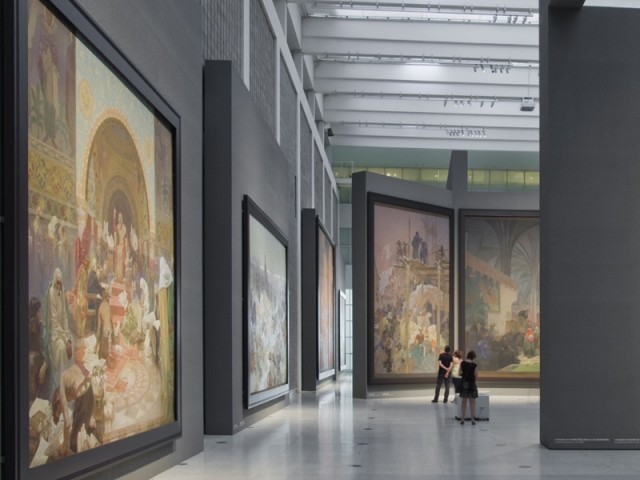
Managing the largest collection of art in the Czech Republic, the National Gallery’s Baroque, Romantic, Classical and Medieval collections are presented in numerous historic and ornate buildings within the city of Prague, including the Convent of St Agnes of Bohemia, Salm Palace and Sternberg Palace – which, even if you’re not usually a fan of the classics, all are very much worth a visit for their architecture alone.
For most of its history, Prague had been an ethnically mixed city with important Czech, German and Jewish communities; however, like many other European cities, the events of World War II had a significant effect on its population. Not far from the National Gallery is the tiny, inner city Bubny Railway Station, where approximately 50,000 Czech Jews were deported on route to concentration camps.
Located on the edge of Prague’s largest brown field site (which is due to undergo extensive regeneration), a small but passionate team — including staff from DOX — have formed a committee with the aim of transforming the station into a space for public dialogue and critical reflection. Creating a new space for conferences, workshops and educational programmes, the team hope that Bubny will become a community-focused space in which to develop the essential values and attitudes of basic human rights, to help ensure a holocaust or other horrendous injustices do not re-occur.
Prague has always been celebrated for its beauty and importance as a historic European city, but there are many alternative spaces which can provide visitors with a very different experience of its vast cultural offer. One last tip for those who want to catch the best events: be sure to plan ahead and book flights that match up to the city’s cultural calendar, to guarantee yourself a full-on cultural overdose.
Emma Sumner
Images, from top: Bubny Railway Station; MeetFactory; DOX; National Gallery
Travel to Prague from the UK: Flights via British Airways (0844 493 0787) from Heathrow; easyJet (0905 821 8905) connects from Gatwick and Stansted; and Wizz Air (0906 959 0002) flies from Luton. Flying time: approx. two hours
Transfers: From Ruzyně airport, catch a taxi to the city centre for approx. 650 Kč (£20), or catch the Prague Airport Shuttle, which you can book via text (00 420 602 395 421) and which takes approx. 20-minutes



